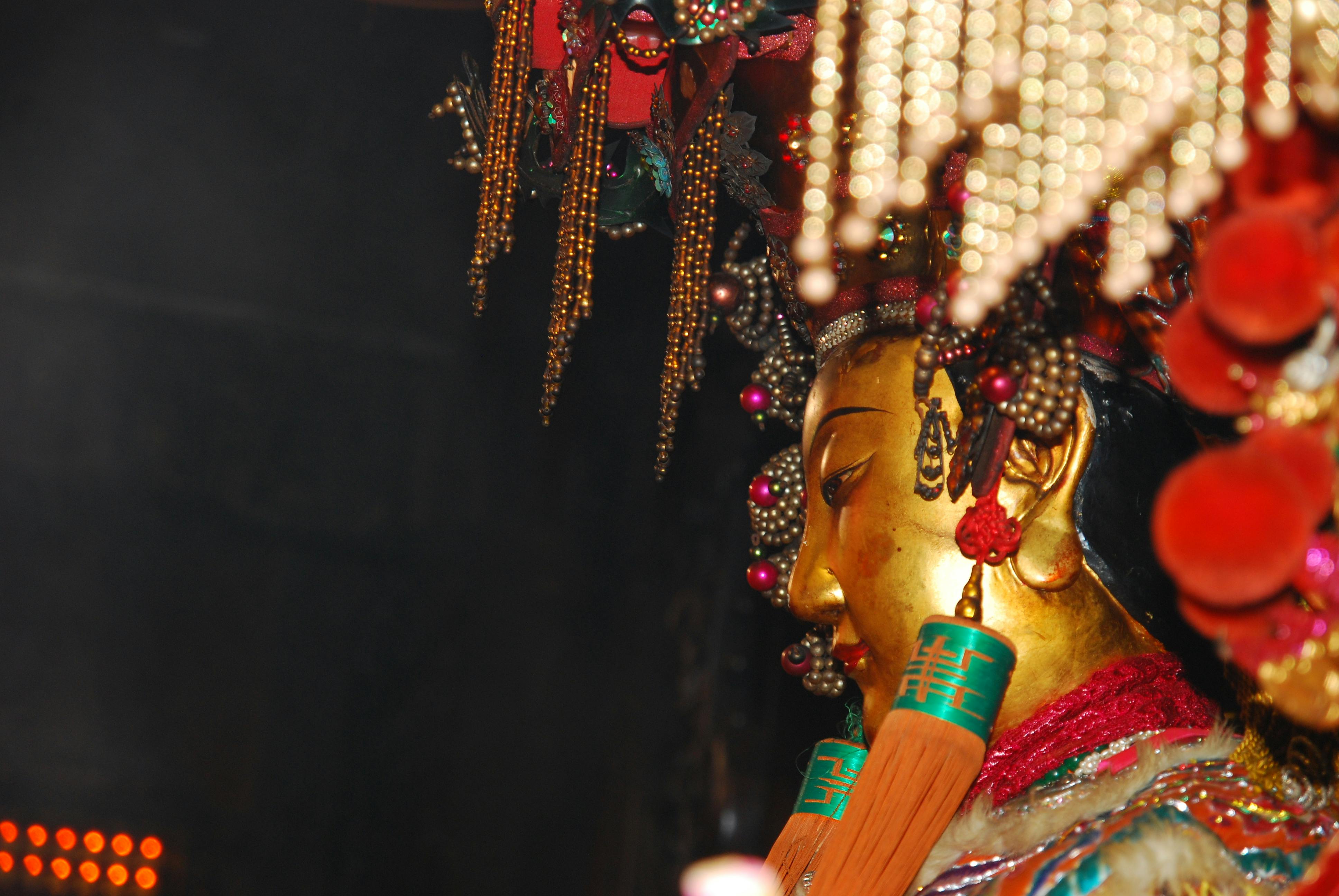Less = More With Gold News
페이지 정보
작성자 Christopher 작성일 24-12-23 05:22 조회 21 댓글 0본문

 Although there was neither a nationwide German government nor a German flag, German ships have been required by international regulation to have a nationwide ensign of some form. The scholars' hopes of a national awakening dashed with the implementation of the German Confederation, not a nation state but a loose federation of the German monarchs, who by the 1819 reactionary Carlsbad Decrees banned any fraternity activities. This move was not nearly economics; it was a bid to revive faith in the German currency and attempt to stabilise the nation as a result. 91), and Albert Norden, Um die Nation (1953, p. Ferdinand Freiligrath in his poem Schwarz-Rot-Gold, printed 1851 and dated 17 March 1848, has the lines Das ist das alte Reichspanier, Das sind die alten Farben! Pulver ist schwarz, Blut ist rot, Golden flackert die Flamme! From 1867, the black, white, and crimson colours grew to become the flag of the newly established federated state; the tricolour derived from the mix of the Prussian black and white with the white and crimson flag of the North German Hanseatic League. From the 1871 German unification till 1918, black, white, and red were broadly accepted because the national colours of the German Empire, although they were not officially adopted because the imperial flag by regulation before 1892. Numerous German associations embraced the patriotic tricolour, and sports activities organisations that were founded previous to World War I typically select white with further black and/or pink as their colours.
Although there was neither a nationwide German government nor a German flag, German ships have been required by international regulation to have a nationwide ensign of some form. The scholars' hopes of a national awakening dashed with the implementation of the German Confederation, not a nation state but a loose federation of the German monarchs, who by the 1819 reactionary Carlsbad Decrees banned any fraternity activities. This move was not nearly economics; it was a bid to revive faith in the German currency and attempt to stabilise the nation as a result. 91), and Albert Norden, Um die Nation (1953, p. Ferdinand Freiligrath in his poem Schwarz-Rot-Gold, printed 1851 and dated 17 March 1848, has the lines Das ist das alte Reichspanier, Das sind die alten Farben! Pulver ist schwarz, Blut ist rot, Golden flackert die Flamme! From 1867, the black, white, and crimson colours grew to become the flag of the newly established federated state; the tricolour derived from the mix of the Prussian black and white with the white and crimson flag of the North German Hanseatic League. From the 1871 German unification till 1918, black, white, and red were broadly accepted because the national colours of the German Empire, although they were not officially adopted because the imperial flag by regulation before 1892. Numerous German associations embraced the patriotic tricolour, and sports activities organisations that were founded previous to World War I typically select white with further black and/or pink as their colours.
In addition to the black and white of Prussia, the white and pink colours of the previous Hanseatic League were added. The ruling House of Hohenzollern also had a black and white family coat of arms. When the Teutonic state was secularized in 1525 as the Duchy of Prussia, the black eagle on a white shield grew to become the Prussian coat of arms. Another colour scheme was desired, as the black and gold price colours had been associated with Habsburg Austria. Emperor Ferdinand I of Austria had the Black, Red, and Gold flag hoisted on St. Stephen's Cathedral, Vienna and confirmed himself with the flag on a window of Hofburg Palace. Mocked by Heinrich Heine as "old Germanic rubbish", it nevertheless remained the official flag of the German Confederation, "revitalized" in 1866 because the banner of Austria and her allies in the War with Prussia and the North German states. The Habsburg monarchy used the colours black and gold as its dynastic flag from about 1700; when emperor Francis II abdicated from the throne in 1806, he adopted the colours because the flag of his Austrian Empire. The red and black colours with a golden oak leaf cluster were adopted as couleur by the primary German national Urburschenschaft scholar fraternity established on 12 June 1815 in Jena, and publicly displayed on the 1817 Wartburg Festival.
However, as official flag of the German Confederation, the tricolour was primarily used within the small Imperial fleet (Reichsflotte), which was dissolved by 1852. The Frankfurt Constitution, adopted in 1849 and by no means carried into effect, omitted any provision of national symbols. Though even liberal deputies in the Weimar National Assembly spoke against a change of colours, Article three of the German Constitution of 11 August 1919 decided black, pink, and gold price today each for the tricolour nationwide flag and the eagle coat of arms of the Weimar Republic. On November 12, the parliament handed a decision whereafter black-crimson-gold grew to become the German warfare and service provider flag. When on 18 May 1848 the Frankfurt Parliament first convened, the town streets have been decorated in the "German colours" like the meeting room in St. Paul's Church. In Berlin, King Frederick William IV of Prussia needed to bow to the fallen insurgents of the liberation motion and to wear a Black, Red and Gold armband while riding through town. The colours black, purple, and gold were supposedly used on the election of Frederick Barbarossa as King of the Romans on four March 1152 in Frankfurt.
If you have any inquiries concerning where and the best ways to utilize سعر الذهب اليوم, you could contact us at our own web-site.
- 이전글 Exploring Trusted Online Casinos: Your Guide to Safe and Enjoyable Gaming
- 다음글 Why is Offshore Drilling so Controversial?
댓글목록 0
등록된 댓글이 없습니다.
